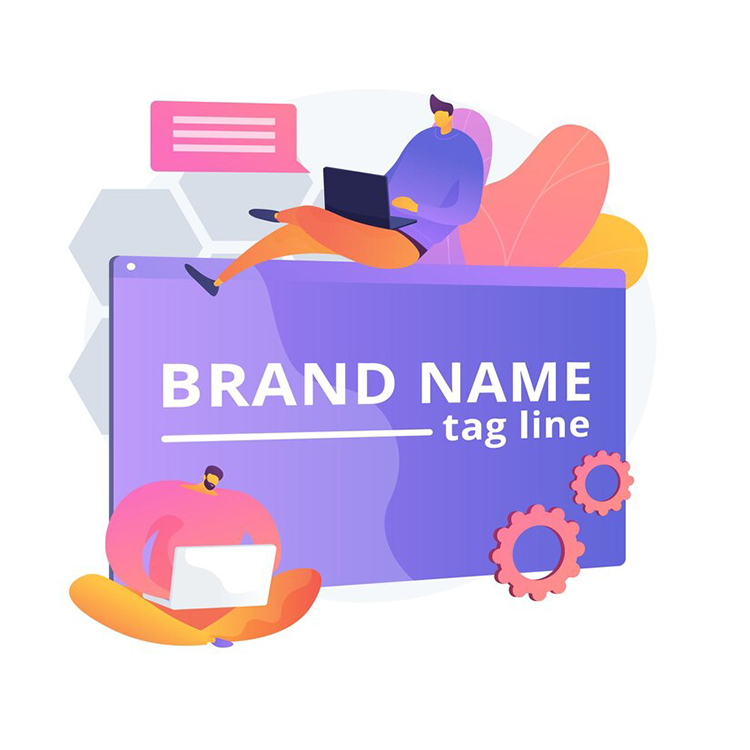content
The possibilities of paid advertising from Google are almost limitless, meaning that all the restrictions on its use are only in your head. Of course, the human imagination is also limitless, but some boundaries are set by the laws of the countries where this advertising works, as well as the Google Ads policy.
This somewhat philosophical introduction to the ADV Advantage blog article brings us to an interesting topic, namely Brand Bidding, which has been a promising and most controversial way of working with keywords for 15 years. But let’s take the example of the next 2025.

Brand Bidding is a digital marketing tactic that allows you to use brand-related keywords to display ads on search engines or other platforms. It is one of the key tools for attracting the target audience, protecting the brand from competitors, and increasing sales. In this article, we’ll take a look at how Brand Bidding works, its advantages and disadvantages, and how to set it up in Google Ads.
Example:
Brand keyword + product.
Brand keyword + “address”
Brand keyword + “customer service”
Brand keyword + “returns”
Scenarios for using Brand Bidding
Brand Bidding can be used in several main situations, depending on the business goals.
The first scenario is to protect your own brand. When a user searches for a specific brand, it is logical that this brand should be the first in the search results. For example, if a person enters the query “Apple iPhone 15” in Google, Apple wants to ensure that its official advertisement or website is at the top of the results. This helps to avoid situations where users come across competitors or counterfeit products.
The second scenario is the use of competitors’ keywords. In this case, the company launches ads that appear for queries to someone else’s brand. For example, if a user searches for “Adidas sneakers,” Nike can show its ads to offer an alternative. This approach is risky but can be effective in attracting a new audience.
The third scenario is to strengthen the brand’s position during promotions or new product launches. When a company launches a new collection or holds seasonal sales, it is important to reach the target audience as much as possible. In this case, Brand Bidding helps to keep the brand’s presence in sight even in times of high competition.
Benefits of Brand Bidding
One of the key advantages of Brand Bidding is control over search results. Using branded keywords ensures that customers who are already interested in your product will see your offer. This is especially important if competitors are trying to use your popularity to their advantage.
Another advantage is increased conversions. Users who enter a brand name in a search are usually at the last stages of the sales funnel and are ready to make a purchase. Thus, investing in Brand Bidding can be more profitable than other types of advertising.
Thanks to Brand Bidding, a company can also improve audience recognition and loyalty. A constant presence in the search results strengthens the brand’s reputation and builds trust among customers.

Disadvantages of Brand Bidding
The main disadvantage is the cost. If competitors are also bidding on your brand, the cost per click can increase significantly. This can lead to higher advertising costs, especially if the market is very competitive.
Another risk is legal issues. Using the names of other people’s brands in advertising may violate trademark rights. In such a case, the company whose rights are violated may file a complaint with the advertising platform or even initiate a lawsuit.
It is also important to keep in mind that excessive reliance on Brand Bidding can hinder the development of other marketing strategies.
Controversies about Brand Bidding
The debate about the feasibility of using this advertising strategy is still raging among marketers. The main thesis is “why should we pay for free organic traffic?”.
However, the reality is that Google’s search engine results page (SERP) does not display exclusively organic results, meaning that competitors are actively using advertising opportunities to boost their own positions at the expense of big brands.
To protect yourself from competitors who may use your brand, you should register a trademark and notify Google. The company allows you to block the use of trademarks in other people’s ads, which makes brand protection much easier.

How Brand Bidding works in Google Ads
Google Ads is one of the most popular platforms for Brand Bidding. To set up this strategy, you need to create a campaign focusing on keywords that include your brand name.
The setup process starts with choosing the right campaign structure. For example, you can create a separate campaign for branded keywords to better control budget and performance.
Next, you determine the main keywords. These can be the brand name, its variations, product names, or popular models. For example, for the Samsung brand, such keywords can be “Samsung smartphones,” “Samsung Galaxy,” or “Samsung promotions.”
The next step is to customize ads. Here it is important to create clear and attractive texts that emphasize the brand’s advantages. For example, you can focus on the official warranty, special offers, or fast delivery.
The last step is constant monitoring and optimization. By analyzing the results of the campaign, you can adjust the strategy by adding new keywords or changing budgets.
Read more: How to Optimize Google Ads for Black Friday: Strategies and Tools
What has changed in Brand Bidding in 2025?
Increase in the cost per click (CPC)
In 2025, competition for branded keywords reached a new level. Companies are actively bidding on other people’s brands, which significantly increases the cost of clicks. For small businesses, this can be a challenge, as advertising budgets are growing, and ROI (return on investment) can decrease if campaigns are not set up effectively.
Automation of advertising campaigns
Thanks to the development of artificial intelligence and machine learning, platforms such as Google Ads and Meta Ads offer advanced automation tools. In 2025, setting up Brand Bidding has become even easier with dynamic campaigns that automatically generate ads and keywords based on data analysis.
Stricter regulations
The use of competitors’ branded keywords is now more strictly controlled. Platforms like Google and Microsoft Advertising have tightened their trademark protection policies to avoid misuse of branded queries in advertising. Many companies now register trademarks and file complaints to protect their brands.
Changing consumer behavior
In 2025, customers have become more conscious in choosing brands. They often look for confirmation of the authenticity of advertising, so it is important to use elements that build trust, such as links to the official website, logo, guarantees, and testimonials.

Conclusion.
Brand Bidding is an effective tool for increasing brand visibility, protecting against competitors, and increasing conversions. However, in order to avoid unnecessary costs and risks, it is important to set up the campaign correctly and constantly optimize it.
ADV Advantage, a PPC company specializing in PPC services, will help you maximize the effectiveness of Brand Bidding in Google Ads. The main disadvantage is the cost. If competitors are also bidding on your brand, the cost per click can increase significantly.
Subscribe to our newsletter



